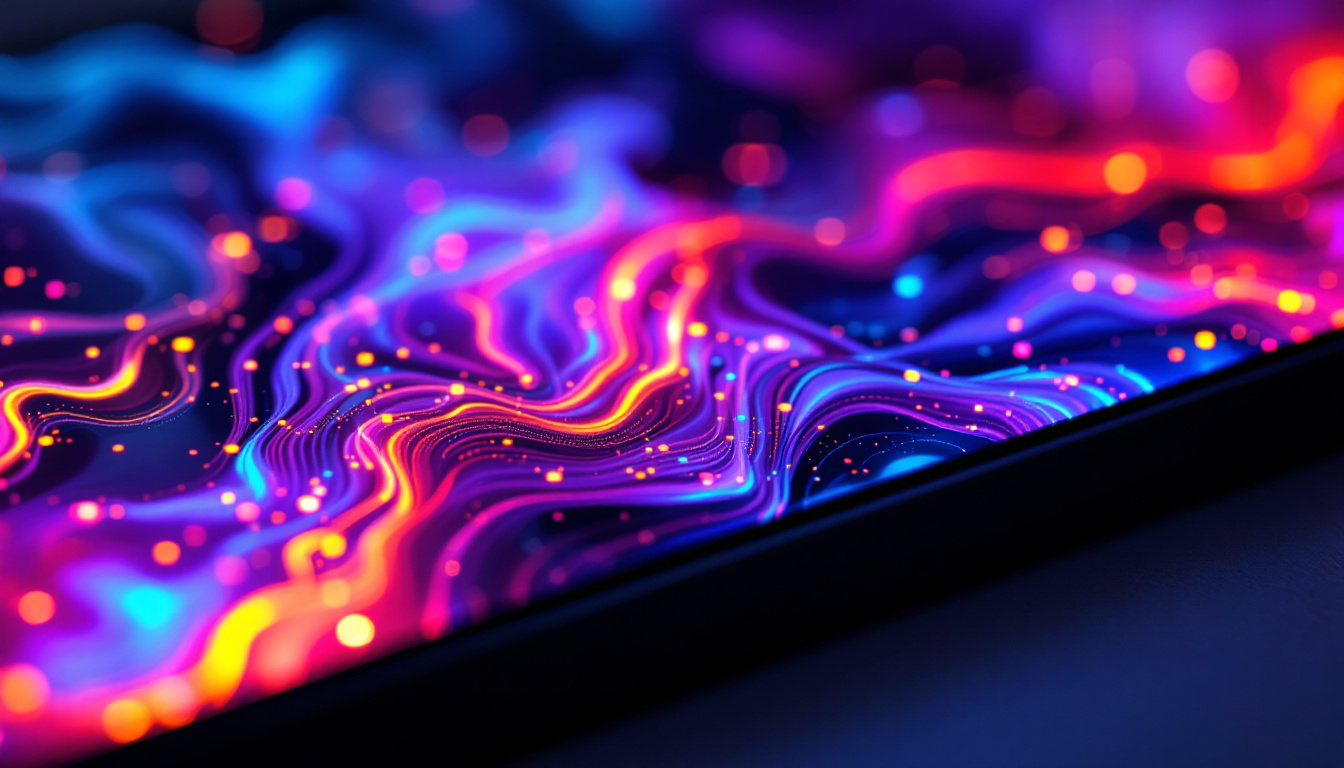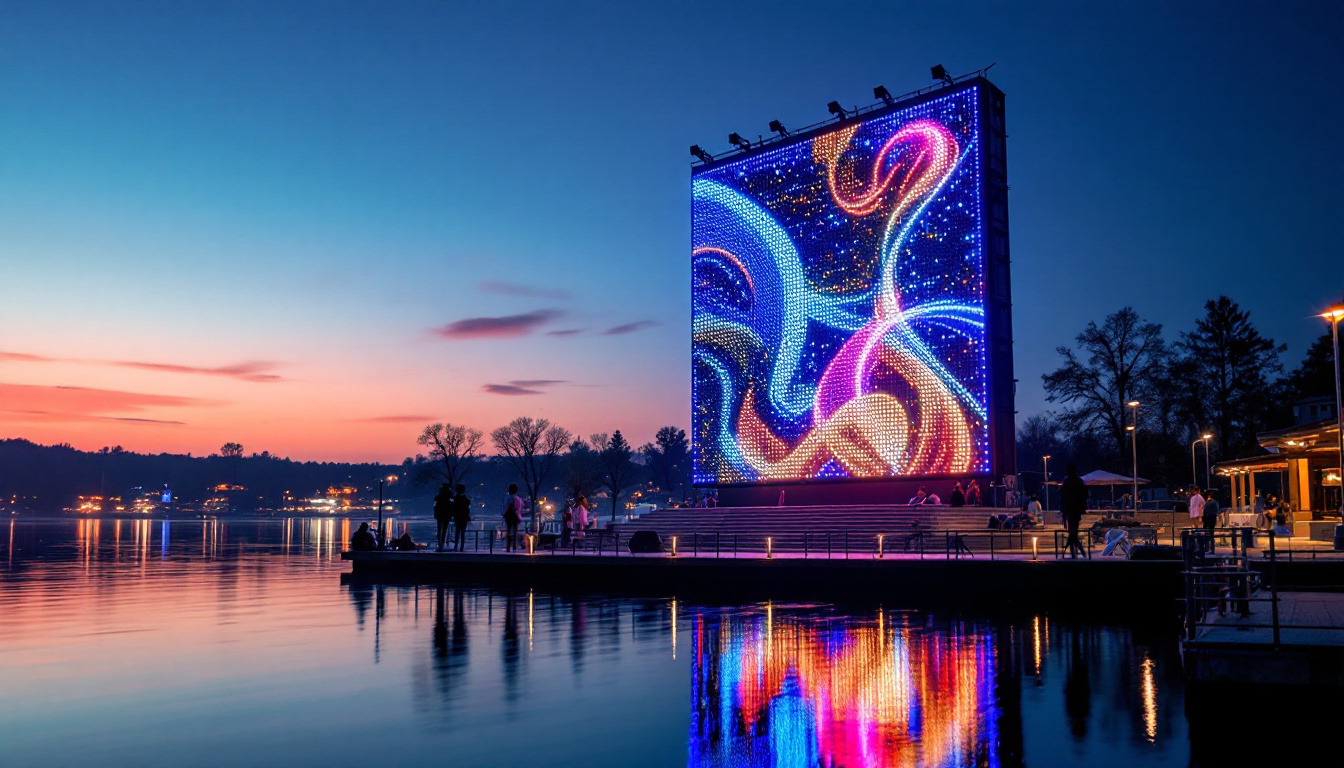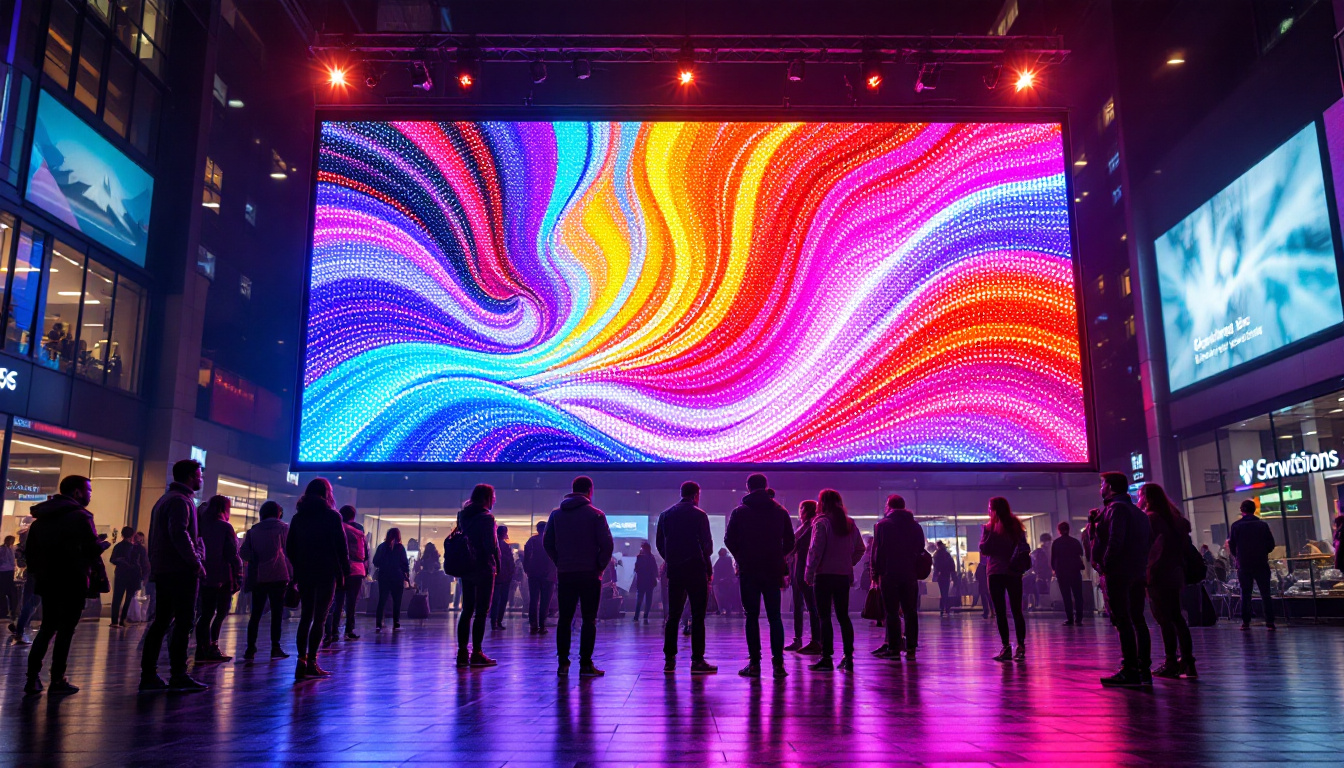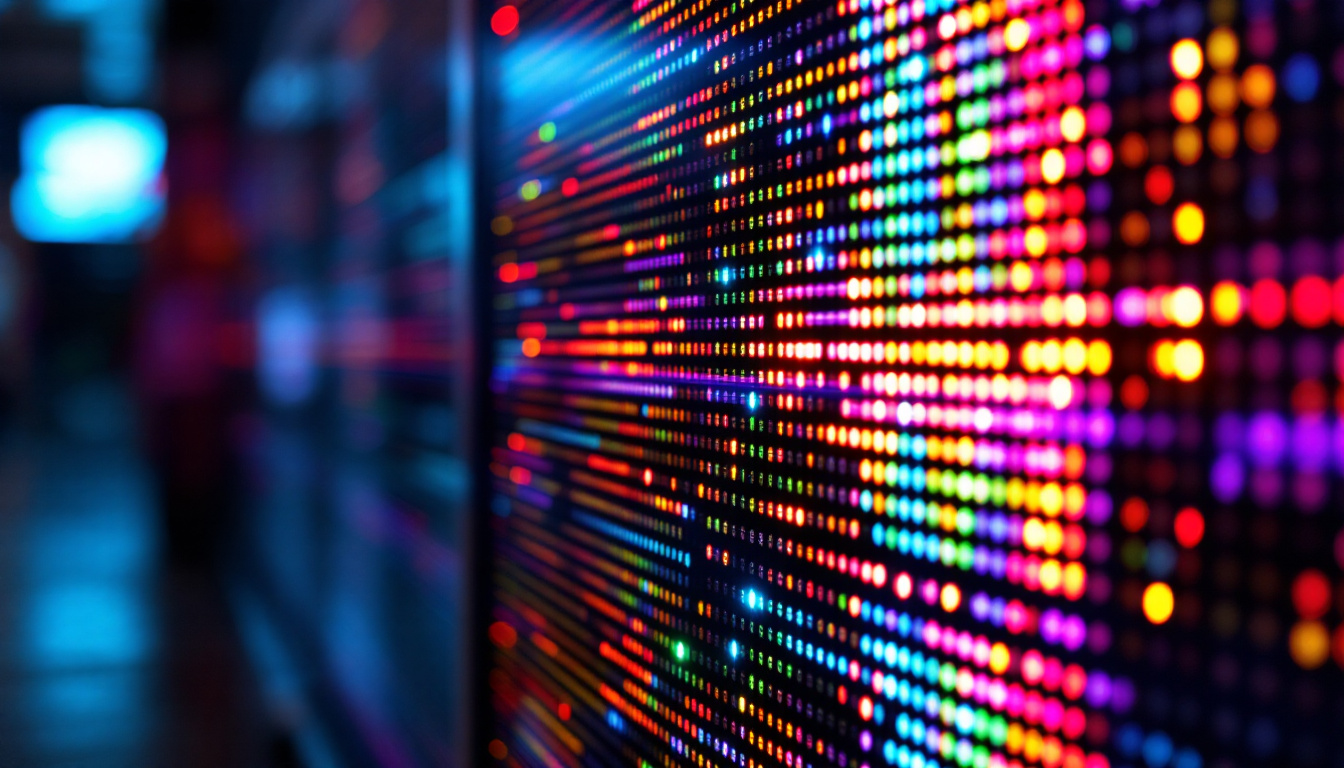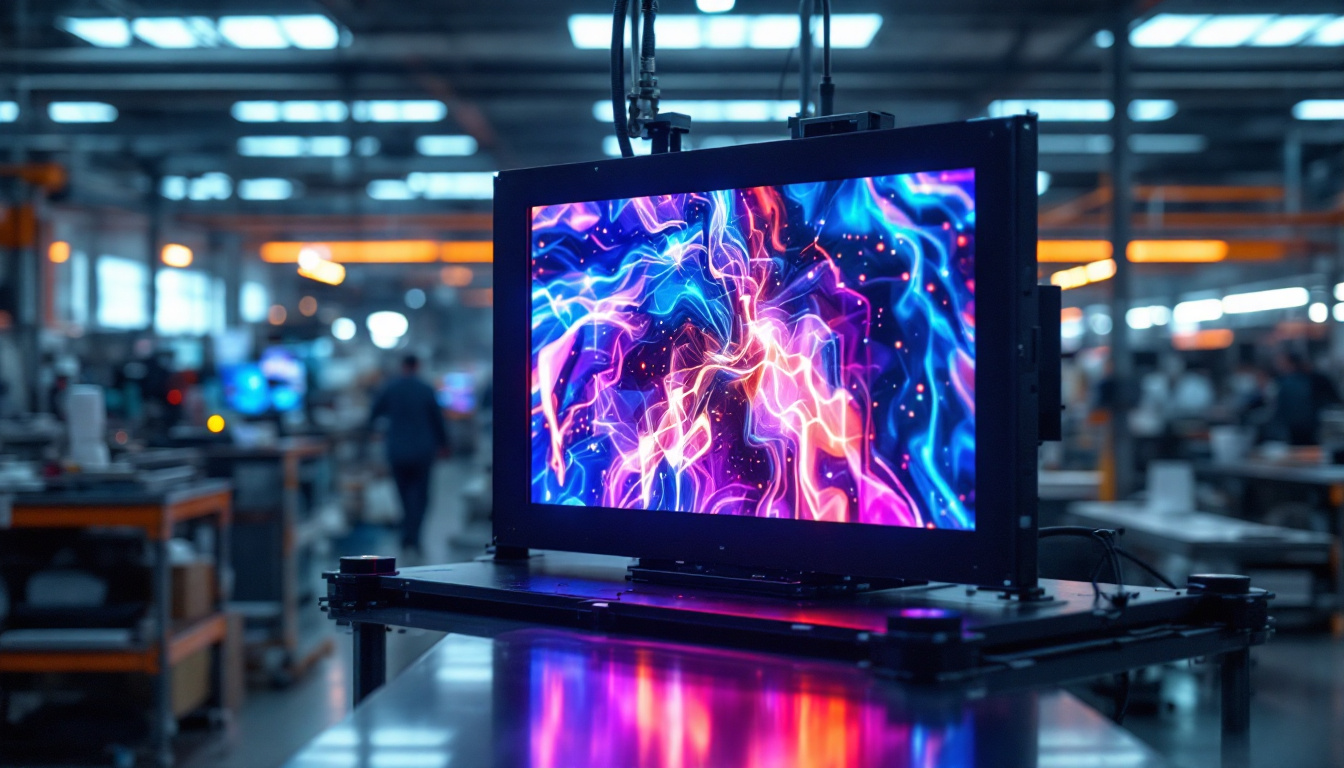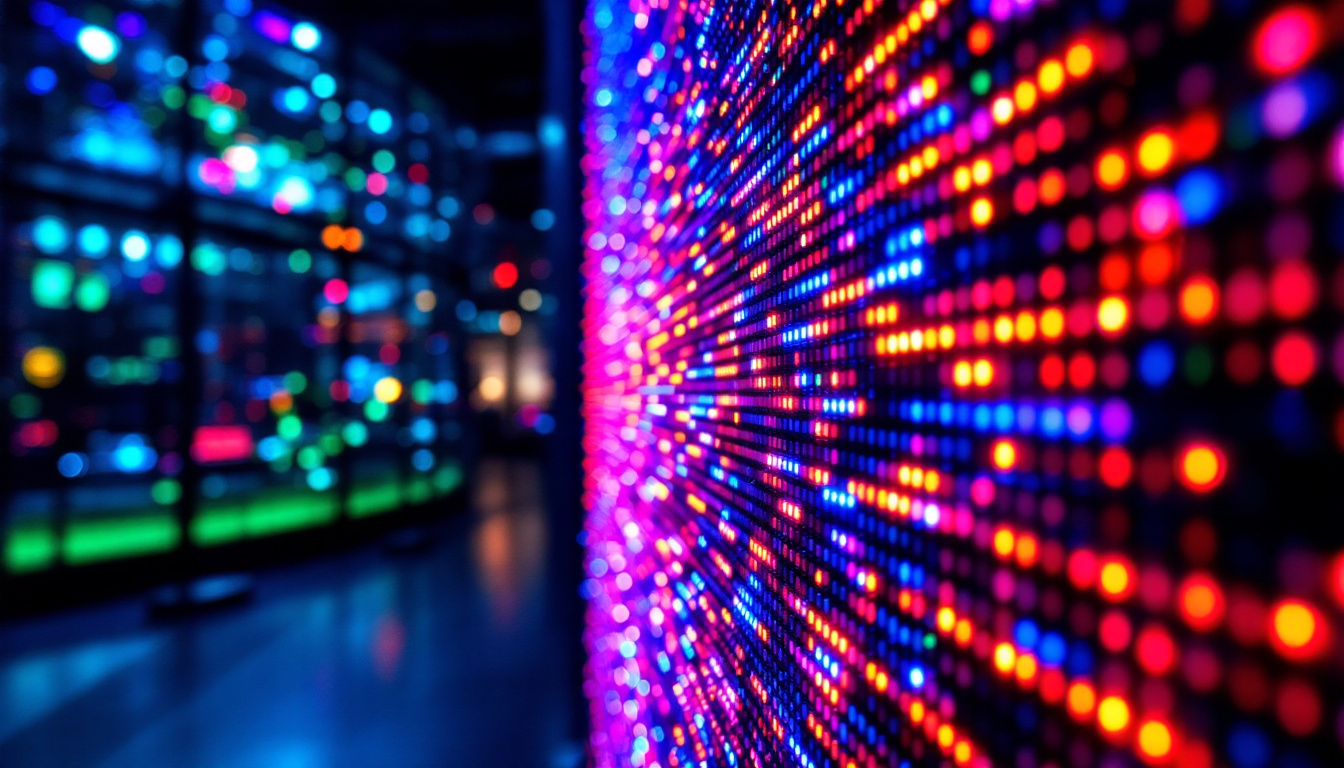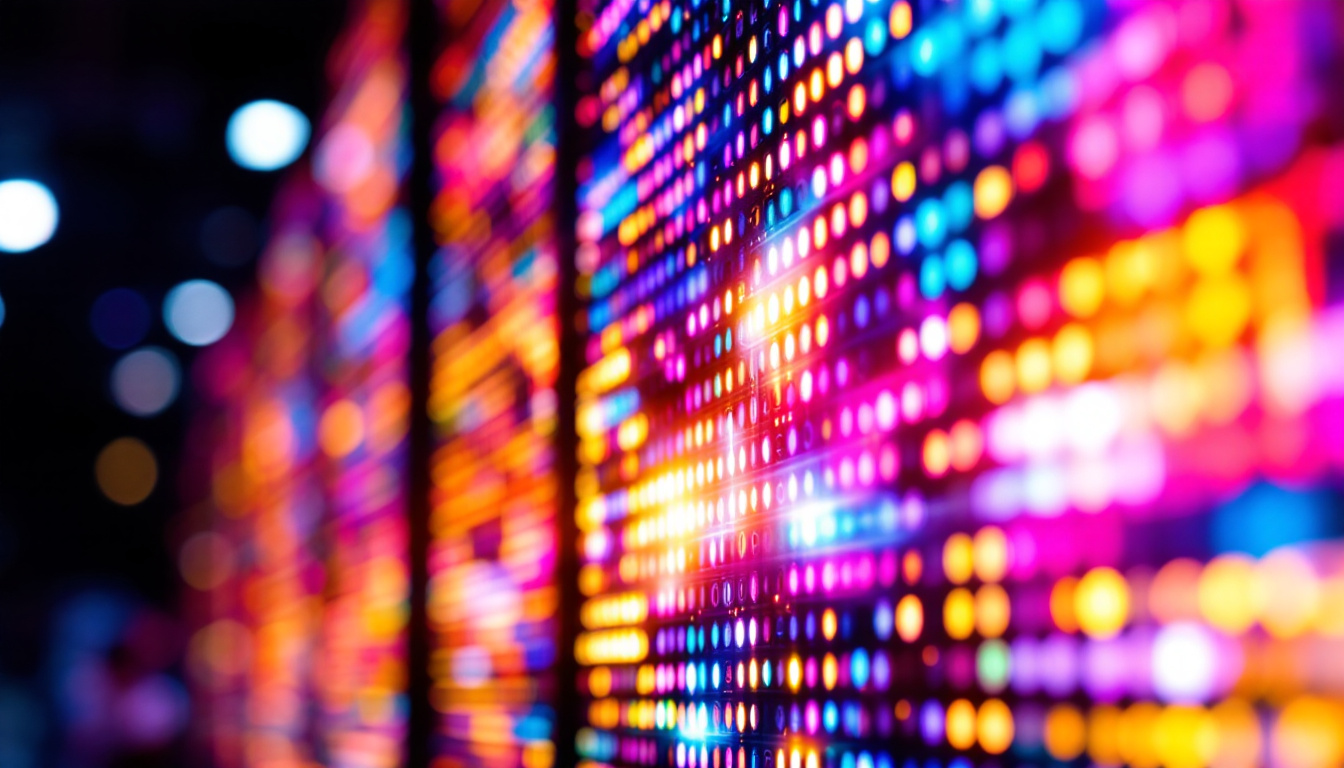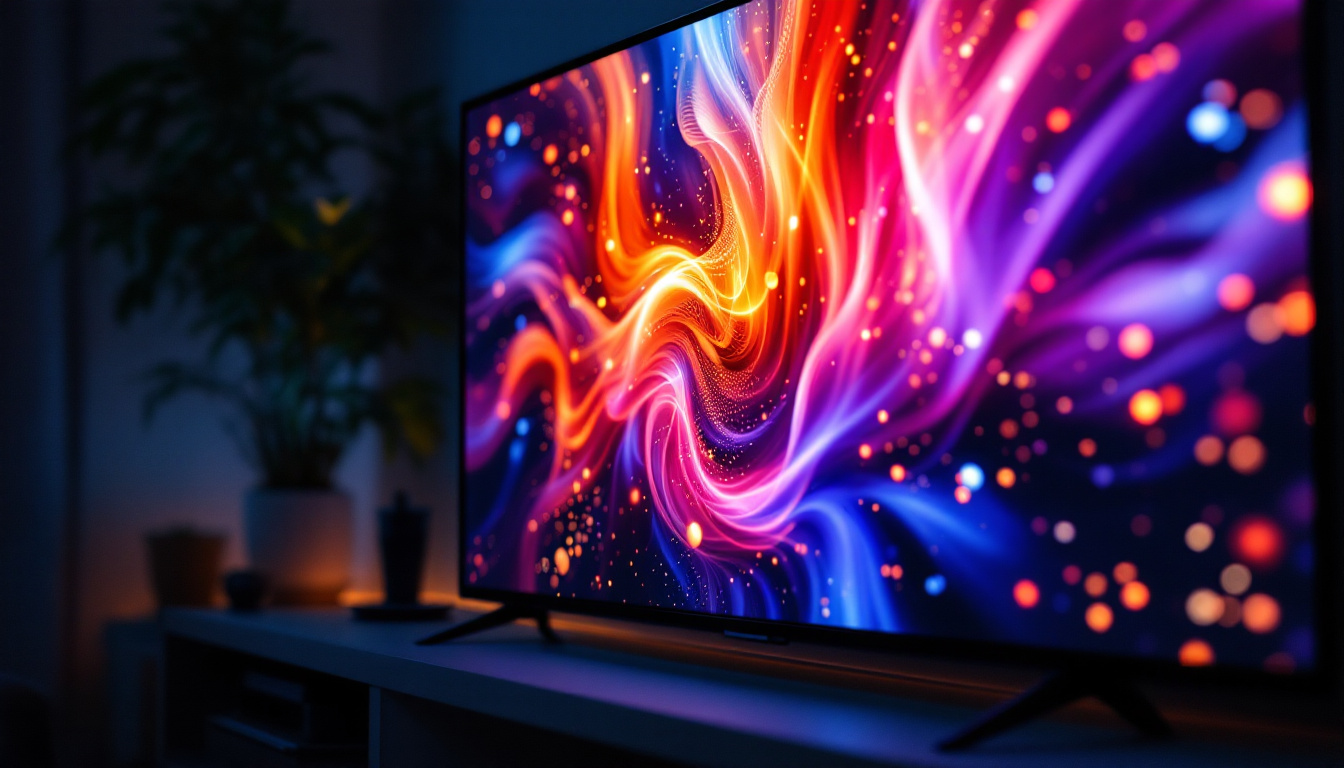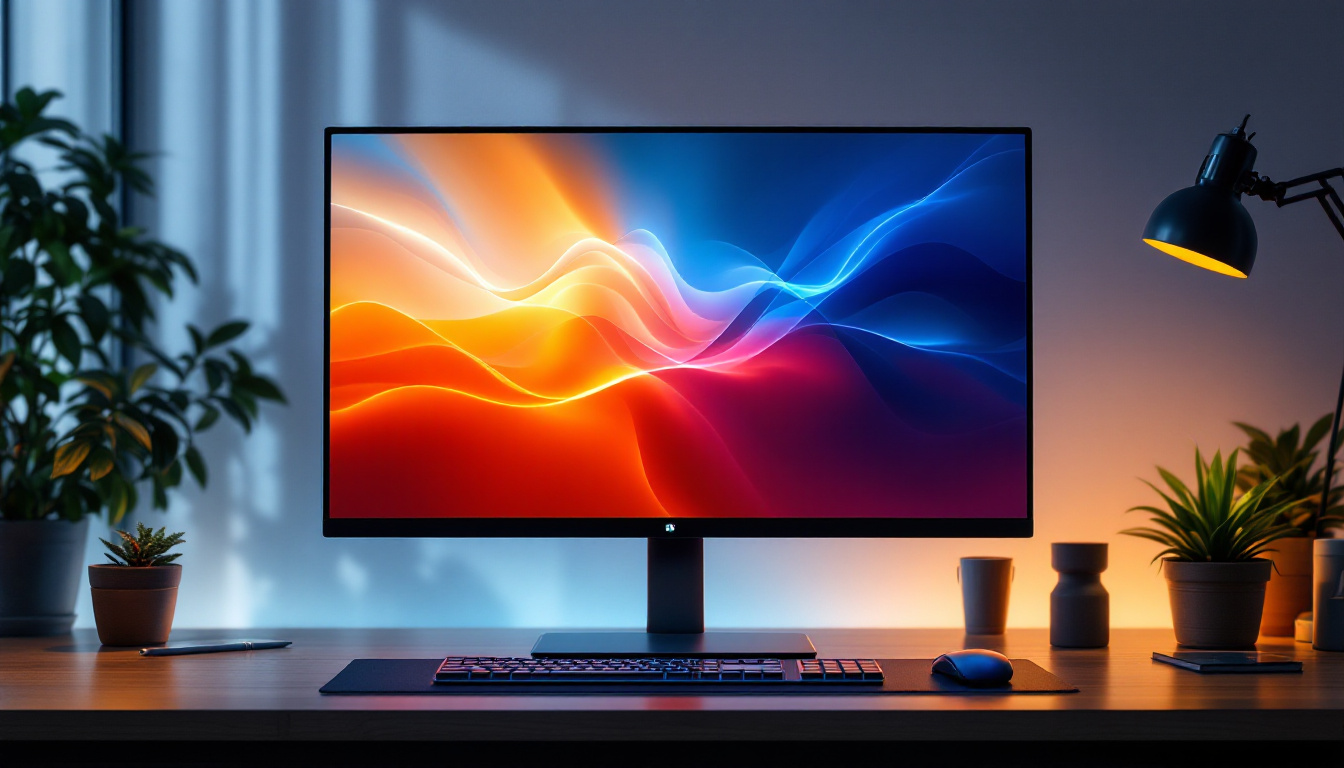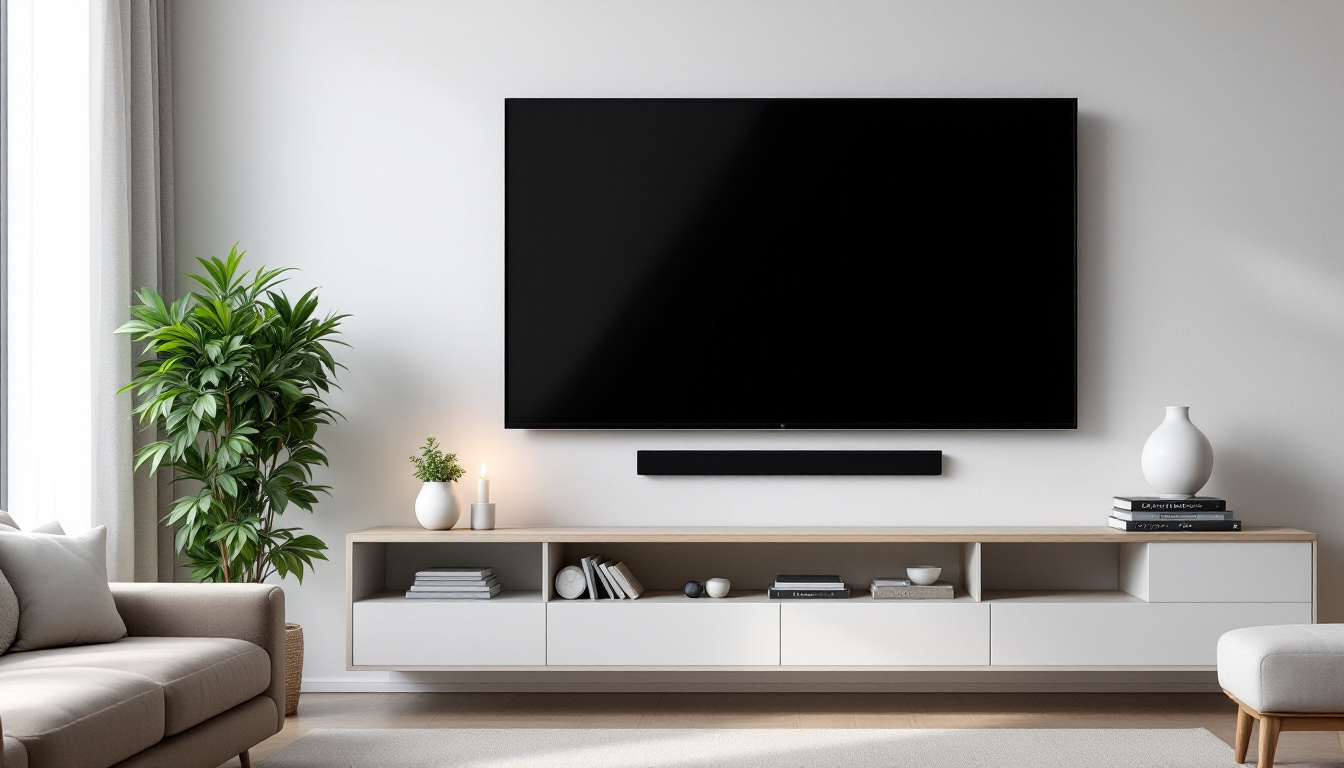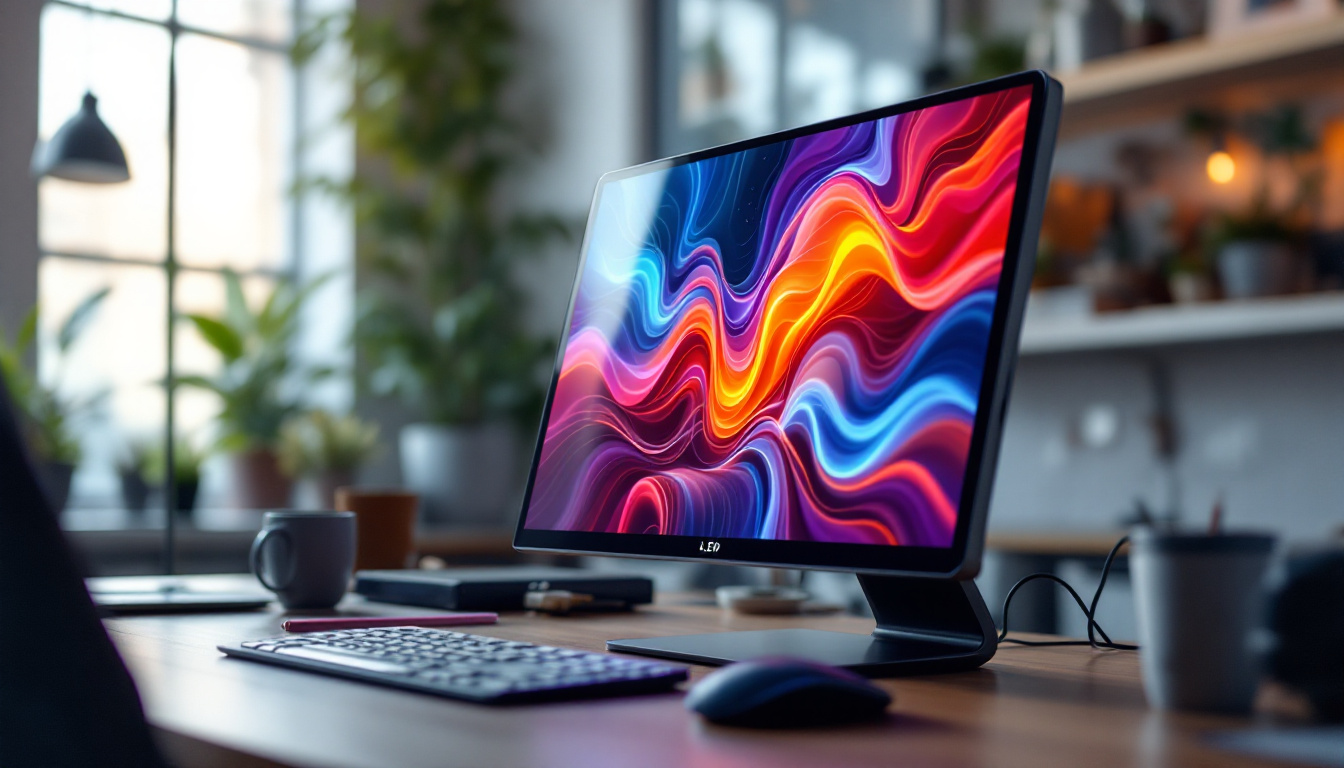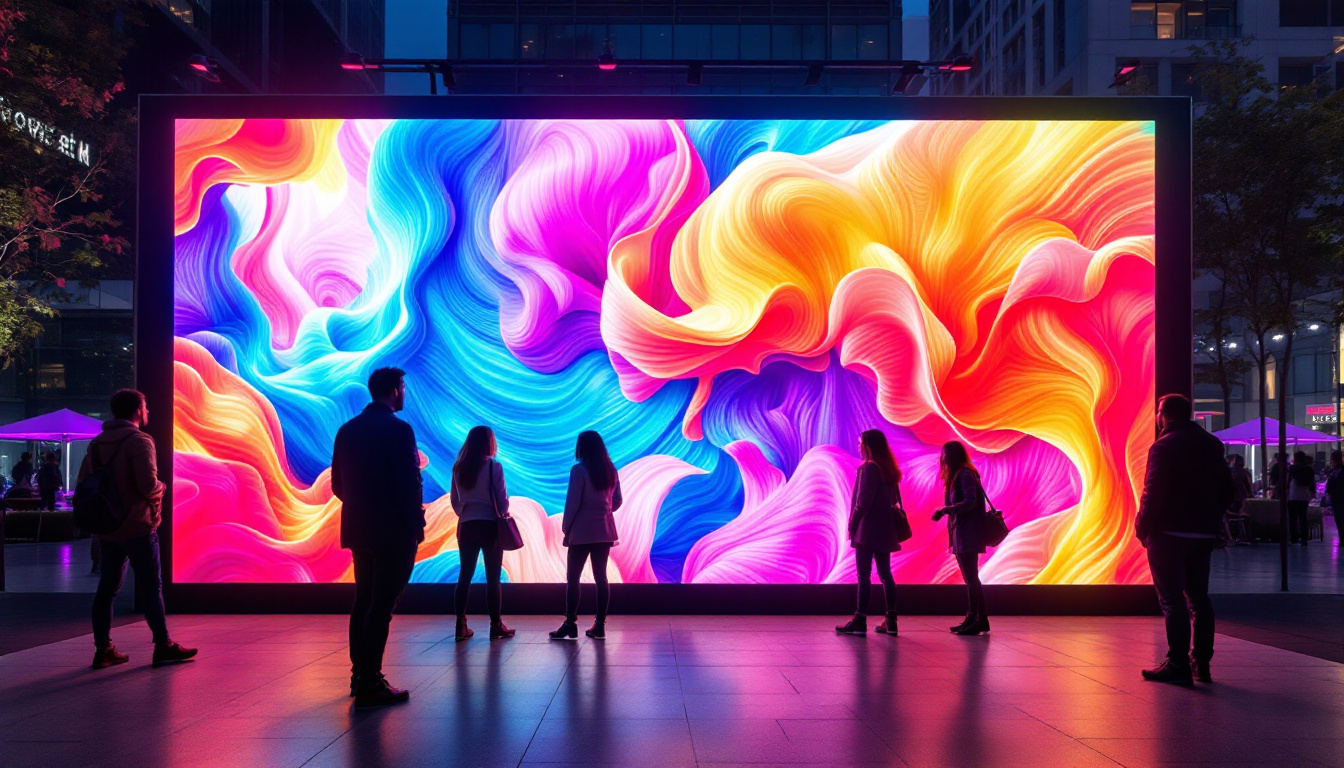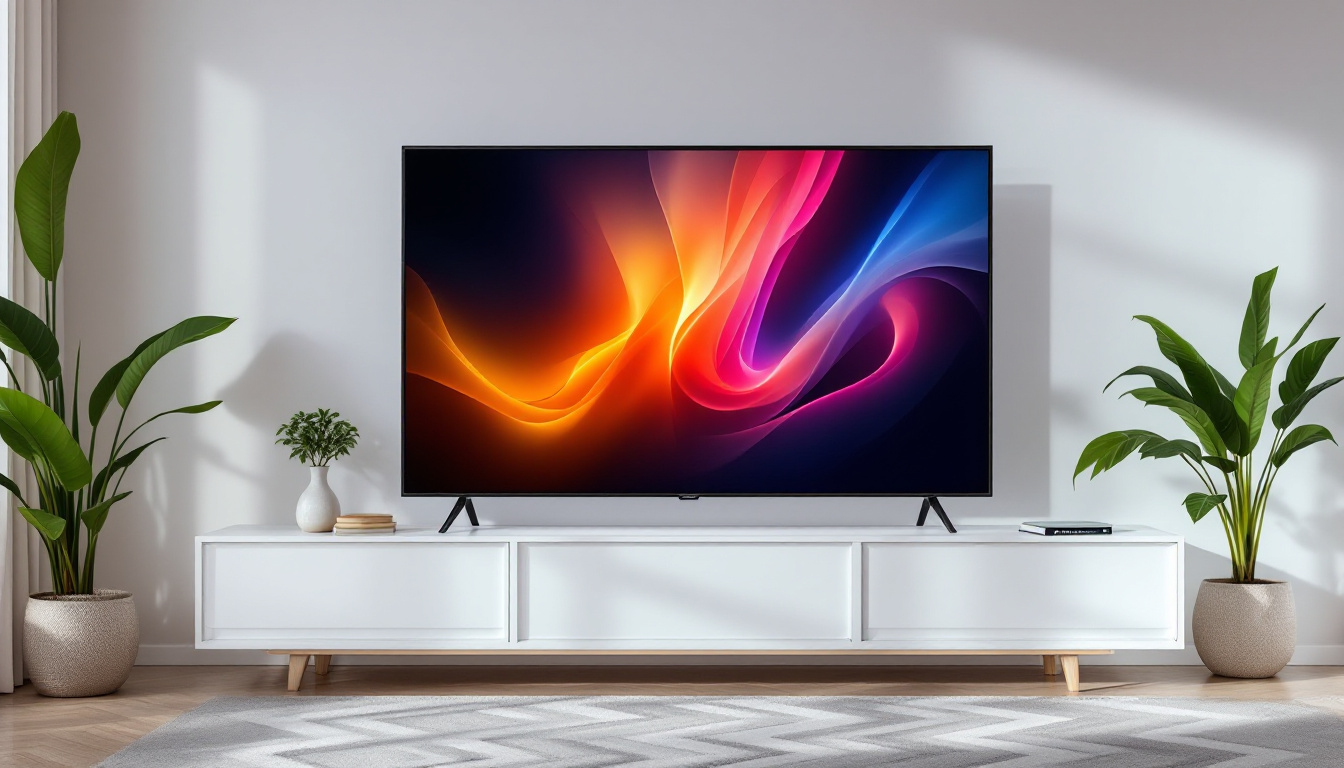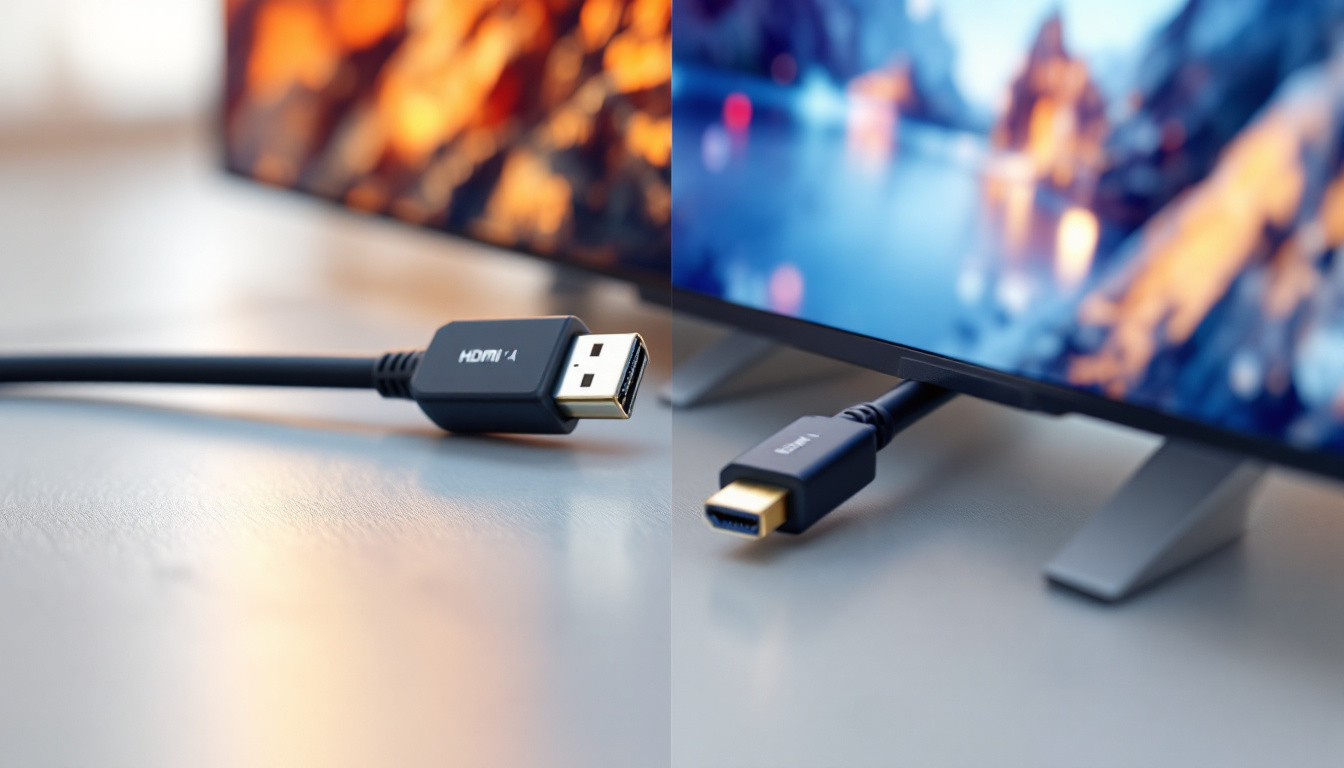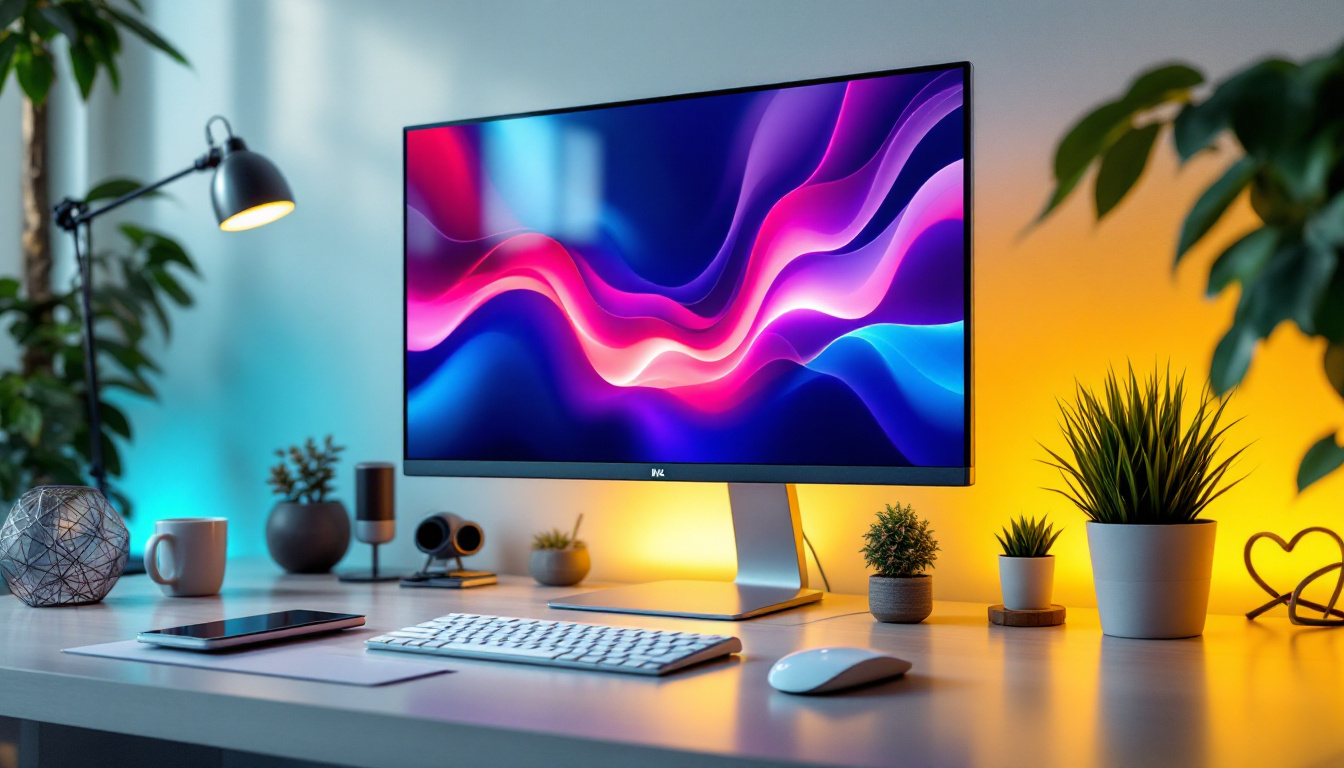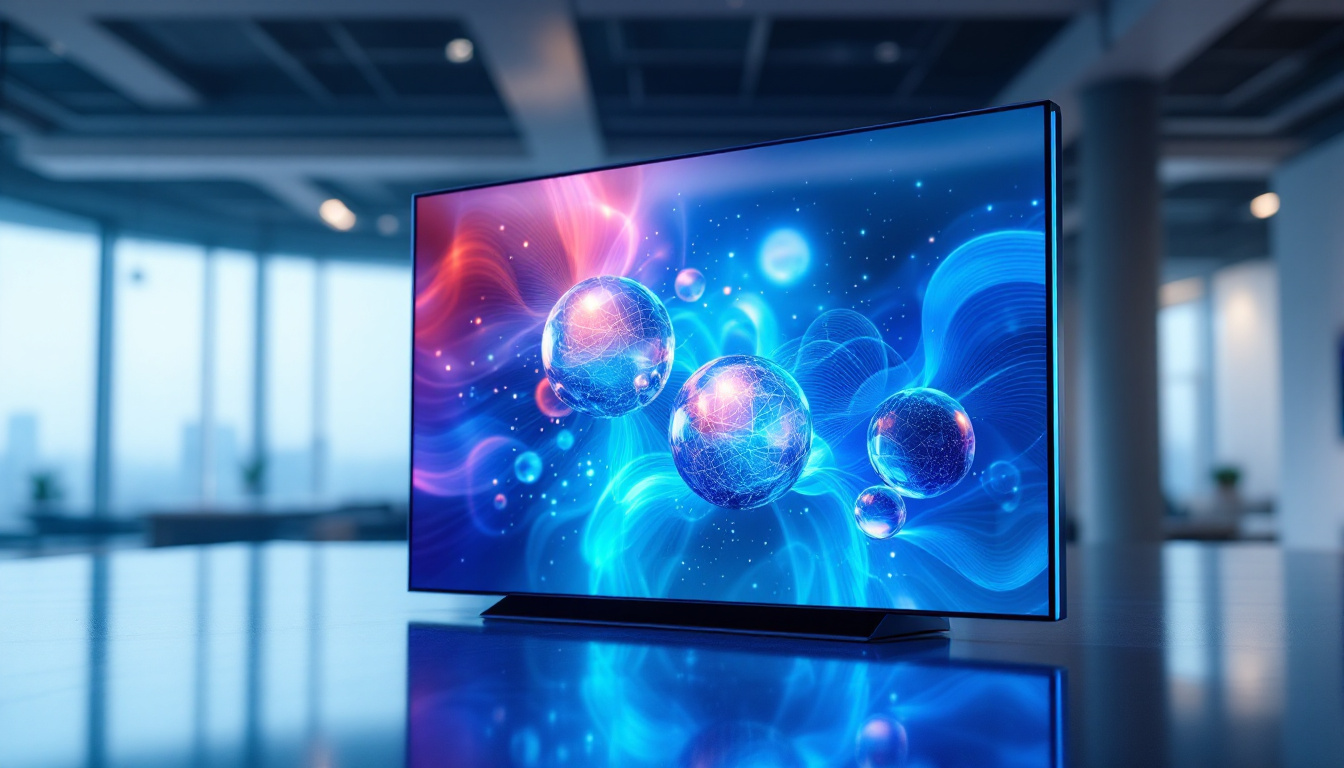In the rapidly evolving world of display technology, OLED (Organic Light Emitting Diode) panels have emerged as a frontrunner due to their superior performance and versatility. This article delves into the intricacies of custom OLED panels, exploring their construction, advantages, and applications, while also comparing them to traditional LED displays. Understanding these elements can help consumers and manufacturers alike make informed decisions in their display technology choices.
Understanding OLED Technology
OLED technology is fundamentally different from traditional LED displays. While LED screens utilize a backlight to illuminate pixels, OLED panels generate their own light at the pixel level. This means that each pixel can be turned on or off independently, resulting in deeper blacks and a wider color gamut. The ability to achieve true black levels not only enhances the contrast ratio but also contributes to energy efficiency, as pixels displaying black do not consume power.
The Basics of OLED
At its core, an OLED display consists of organic compounds sandwiched between two electrodes. When an electric current is applied, these organic materials emit light. This self-emissive property allows for thinner panels and greater flexibility in design, making OLED technology particularly appealing for custom applications. The thinness of OLED displays enables manufacturers to create ultra-slim televisions and devices that can be seamlessly integrated into various environments, from homes to public spaces.
Key Components of OLED Panels
Custom OLED panels are composed of several critical components, including:
- Substrate: The base layer that supports the OLED structure, often made from glass or flexible materials.
- Organic Layers: These layers are responsible for light emission and are made from organic compounds that emit different colors when energized.
- Electrodes: Typically made from materials like indium tin oxide (ITO) and metal, these layers facilitate the flow of electricity to the organic materials.
In addition to these components, the encapsulation layer plays a crucial role in protecting the organic materials from moisture and oxygen, which can degrade performance over time. This layer is essential for ensuring the longevity and reliability of OLED displays, particularly in environments where exposure to elements is a concern. As technology advances, researchers are also exploring new materials and methods to enhance the efficiency and durability of OLED panels, paving the way for even more innovative applications in the future.
Moreover, OLED technology is not just limited to televisions and smartphones; it is also making significant strides in the automotive industry. Car manufacturers are beginning to incorporate OLED displays into dashboards and infotainment systems, providing drivers with vibrant visuals and customizable interfaces. The flexibility of OLED panels allows for unique shapes and designs that can fit seamlessly into the contours of a vehicle’s interior, enhancing both aesthetics and functionality.
Advantages of Custom OLED Panels
Custom OLED panels offer a range of benefits that make them an attractive option for various applications. Their unique properties provide advantages over traditional LED displays, enhancing both functionality and user experience.
Superior Image Quality
One of the most significant advantages of OLED technology is its ability to produce exceptional image quality. The self-emissive nature of OLED allows for true blacks, as pixels can be completely turned off. This results in a higher contrast ratio compared to traditional LED displays, which rely on backlighting that can cause light bleed and reduce black levels. Additionally, OLED panels can achieve vibrant colors and wide viewing angles, ensuring that the visual experience remains consistent regardless of the viewer’s position. This makes them particularly appealing for applications in photography, cinema, and gaming, where color accuracy and depth are paramount.
Design Flexibility
Custom OLED panels can be manufactured in various shapes and sizes, offering unparalleled design flexibility. This adaptability makes them ideal for unique applications, such as curved displays, transparent screens, and even flexible devices. Manufacturers can create bespoke solutions tailored to specific needs, enhancing creativity and innovation in product design. For instance, in retail environments, transparent OLED displays can be integrated into shop windows, allowing products behind the screen to remain visible while showcasing dynamic advertisements. This not only attracts customers but also transforms the shopping experience into something more interactive and engaging.
Energy Efficiency
OLED panels are generally more energy-efficient than traditional LED displays, particularly when displaying darker images. Since individual pixels can be turned off, energy consumption is reduced, leading to longer battery life in portable devices. This efficiency not only benefits consumers but also contributes to a more sustainable approach to technology. Moreover, the reduced energy demand can lead to lower operational costs for businesses that utilize large displays, such as digital signage or video walls. As the world increasingly shifts towards eco-friendly solutions, the energy-saving capabilities of OLED technology position it as a forward-thinking choice for both manufacturers and consumers alike.
Longevity and Durability
Another noteworthy advantage of custom OLED panels is their longevity and durability. Unlike traditional LCD screens that may suffer from issues like backlight failure or screen burn-in, OLED panels are designed to withstand the rigors of everyday use. Advances in materials and manufacturing processes have led to improvements in the lifespan of OLED displays, making them a reliable choice for both consumer electronics and industrial applications. Furthermore, the absence of a backlight not only reduces weight but also allows for thinner designs, making OLED panels ideal for sleek, modern devices that prioritize portability without compromising on performance.
Applications of Custom OLED Panels
The versatility of custom OLED panels has led to their adoption across a wide range of industries. From consumer electronics to automotive displays, the applications are diverse and continually expanding.
Consumer Electronics
In the realm of consumer electronics, custom OLED panels are prevalent in smartphones, televisions, and wearables. Their ability to deliver vibrant colors and deep contrasts enhances the viewing experience, making them a preferred choice for high-end devices. Manufacturers often leverage OLED technology to differentiate their products in a competitive market.
Automotive Displays
Automotive manufacturers are increasingly integrating custom OLED panels into vehicle dashboards and infotainment systems. The flexibility of OLED technology allows for innovative display designs that can adapt to various vehicle interiors. Furthermore, the high visibility and clarity of OLED screens improve driver safety by providing essential information at a glance.
Advertising and Signage
Custom OLED panels are also making waves in advertising and signage. Their ability to produce eye-catching visuals in a variety of formats allows businesses to create dynamic displays that capture consumer attention. Whether in retail environments or public spaces, OLED technology enhances the effectiveness of advertising campaigns.
Comparing OLED and Traditional LED Displays
While OLED technology offers numerous advantages, it is essential to compare it with traditional LED displays to understand the strengths and weaknesses of each. This comparison can help consumers and manufacturers make informed choices based on their specific needs.
Performance Metrics
Performance metrics such as brightness, contrast ratio, and color accuracy are critical when evaluating display technologies. OLED panels generally outperform traditional LED displays in these areas, providing richer colors and deeper blacks. However, traditional LED displays can achieve higher brightness levels, making them more suitable for well-lit environments.
Longevity and Durability
When it comes to longevity, traditional LED displays have an edge. OLED panels can suffer from burn-in, where static images become permanently etched into the screen due to prolonged exposure. This issue can be mitigated through careful usage and technology advancements, but it remains a consideration for consumers. In contrast, LED displays are more resilient to image retention, making them a safer choice for applications requiring static content.
Cost Considerations
Cost is another significant factor when choosing between OLED and traditional LED displays. Custom OLED panels tend to be more expensive to manufacture due to the complexity of their technology. As a result, they are often found in premium products, while traditional LED displays are more widely used in budget-friendly options. However, as OLED technology continues to evolve, prices are expected to decrease, making them more accessible to a broader audience.
The Future of Custom OLED Technology
The future of custom OLED technology looks promising, with ongoing research and development aimed at overcoming current limitations and expanding its capabilities. Innovations in materials, manufacturing processes, and applications are set to drive the next generation of OLED displays.
Advancements in Manufacturing
As manufacturing techniques improve, the production of custom OLED panels is becoming more efficient and cost-effective. Techniques such as inkjet printing and roll-to-roll processing are being explored to streamline production and reduce waste. These advancements could lead to lower prices and increased availability of OLED technology across various industries.
Emerging Applications
New applications for custom OLED panels are continually emerging. From augmented reality (AR) and virtual reality (VR) headsets to smart home devices, the potential for OLED technology is vast. As the demand for immersive experiences grows, OLED displays will play a crucial role in shaping the future of consumer technology.
Sustainability Initiatives
With increasing awareness of environmental issues, sustainability is becoming a focal point in display technology development. Researchers are exploring eco-friendly materials and recycling methods for OLED panels to reduce their environmental impact. These initiatives not only benefit the planet but also align with consumer preferences for sustainable products.
Conclusion
Custom OLED panels represent a significant advancement in display technology, offering superior image quality, design flexibility, and energy efficiency. While they come with certain challenges, such as cost and longevity concerns, the benefits often outweigh the drawbacks for many applications. As the technology continues to evolve, it is poised to play an even more prominent role in various industries, from consumer electronics to automotive displays and beyond.
Understanding the intricacies of OLED technology is essential for anyone looking to invest in display solutions. By weighing the advantages and disadvantages of custom OLED panels against traditional LED displays, consumers and manufacturers can make informed decisions that align with their needs and aspirations. The future of display technology is bright, and OLED is leading the way.
Discover LumenMatrix’s Innovative LED Display Solutions
As you consider the future of display technology and the potential of custom OLED panels, we invite you to explore the pioneering solutions offered by LumenMatrix. With a commitment to revolutionizing visual communication, LumenMatrix provides a wide array of LED display modules designed to captivate audiences and amplify your brand’s message. From Indoor and Outdoor LED Walls to specialized displays for vehicles, sports, and more, our products are crafted to deliver unparalleled visual experiences. Check out LumenMatrix LED Display Solutions today and see how we can help you create impactful and engaging displays that stand out in the digital age.

